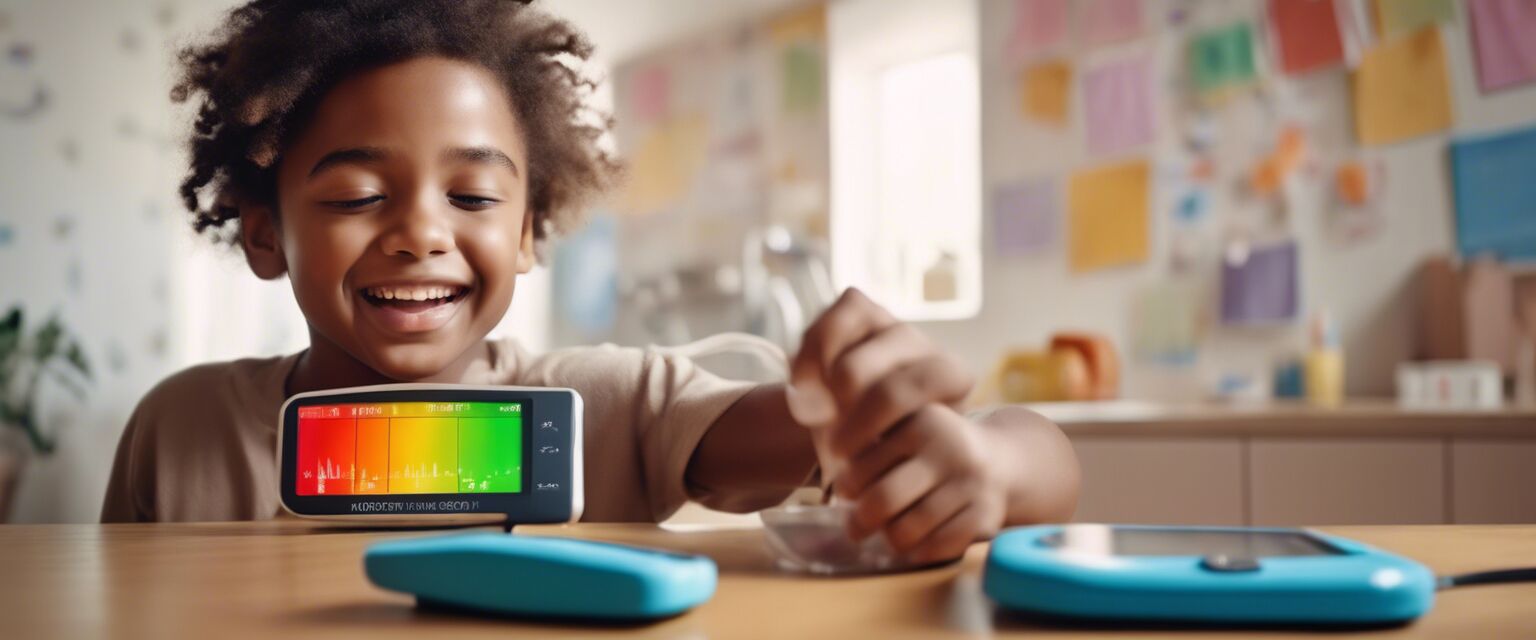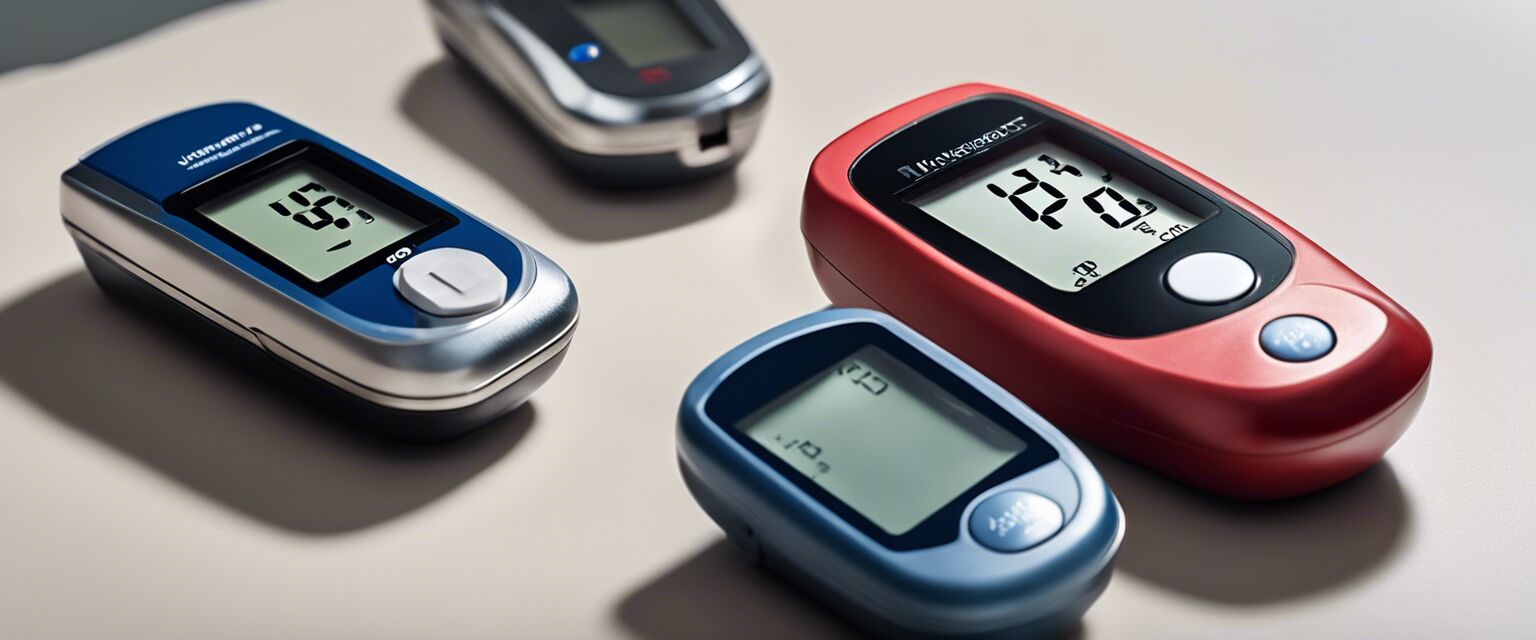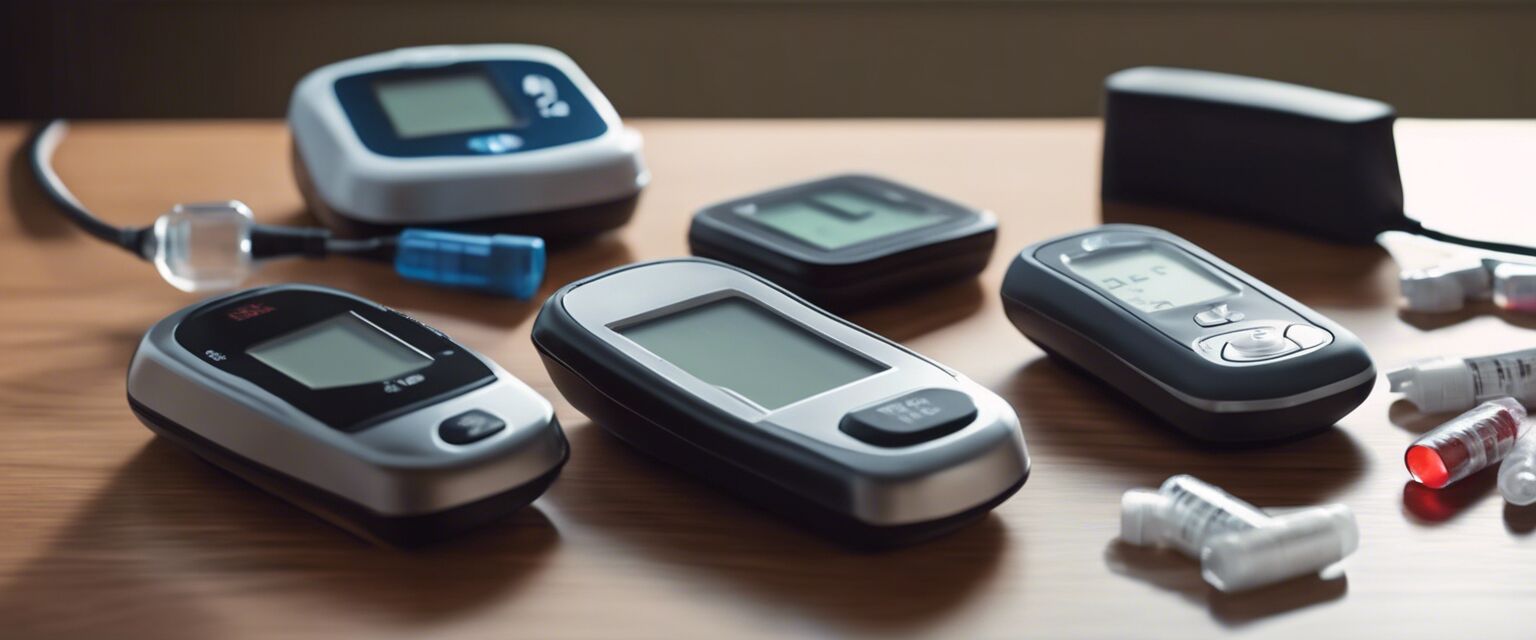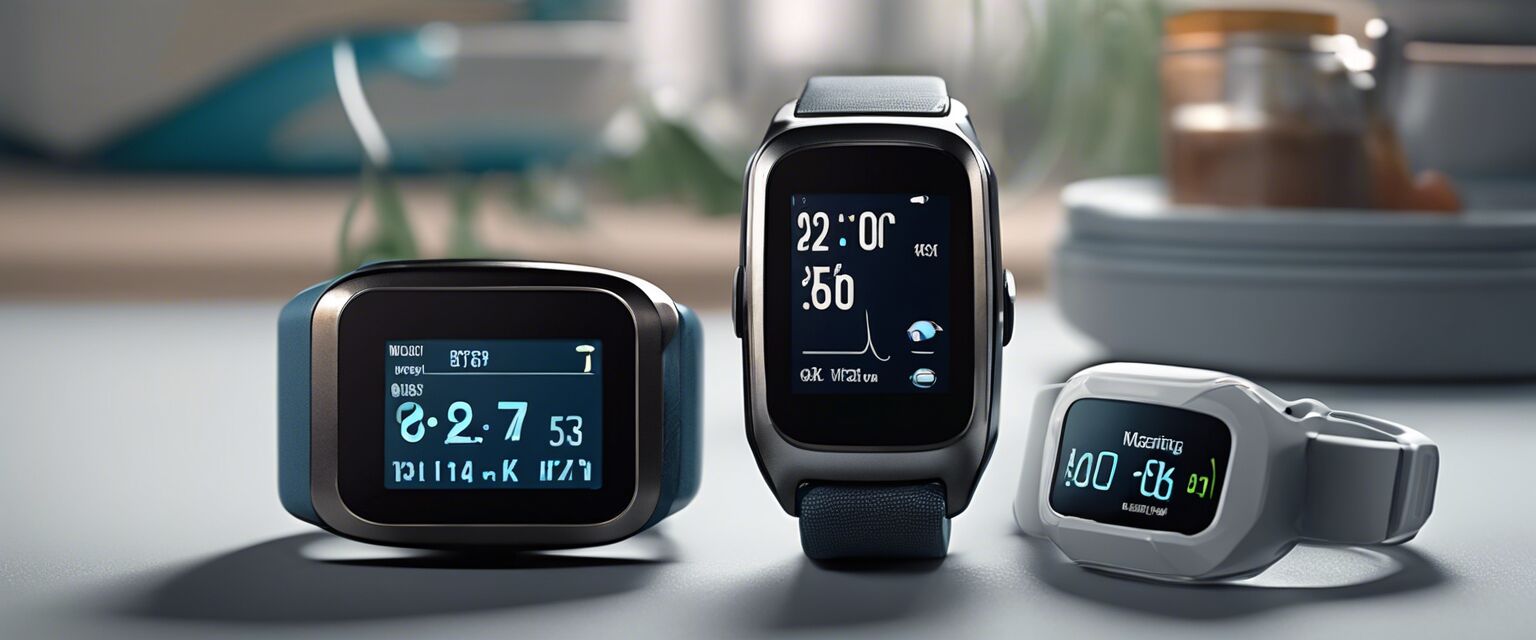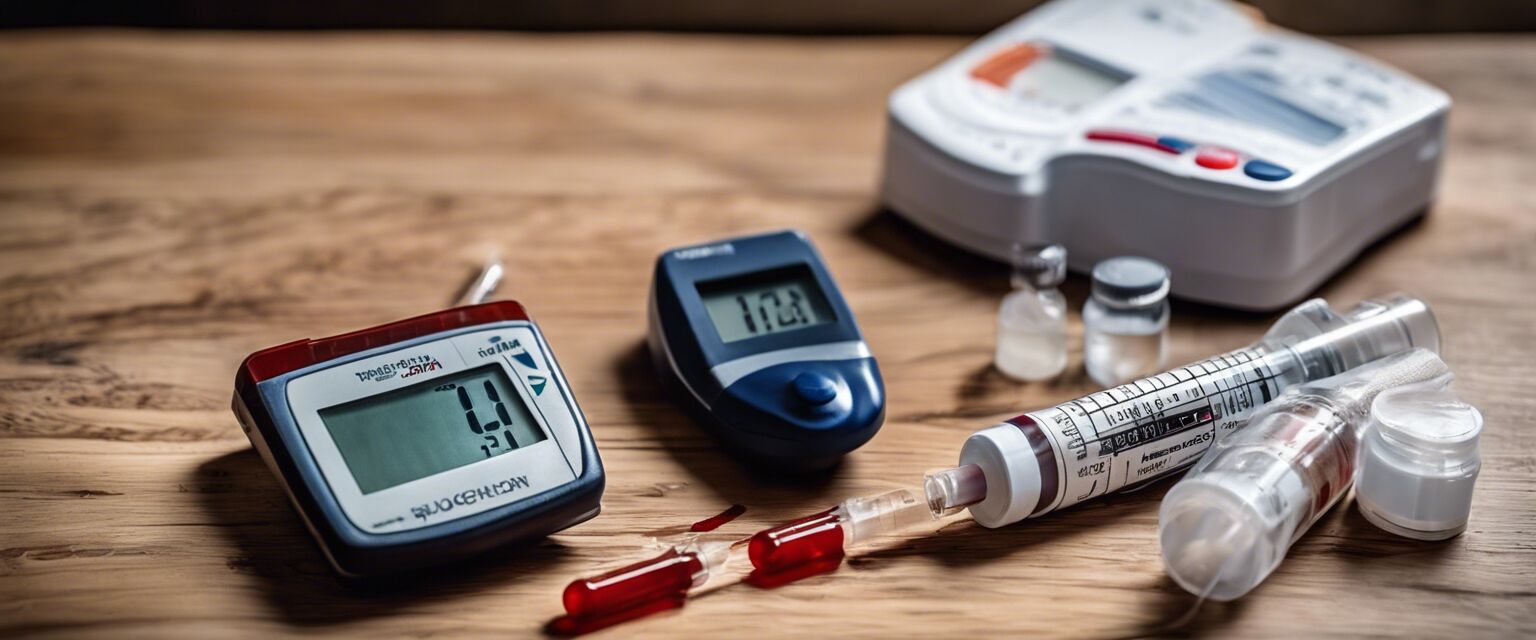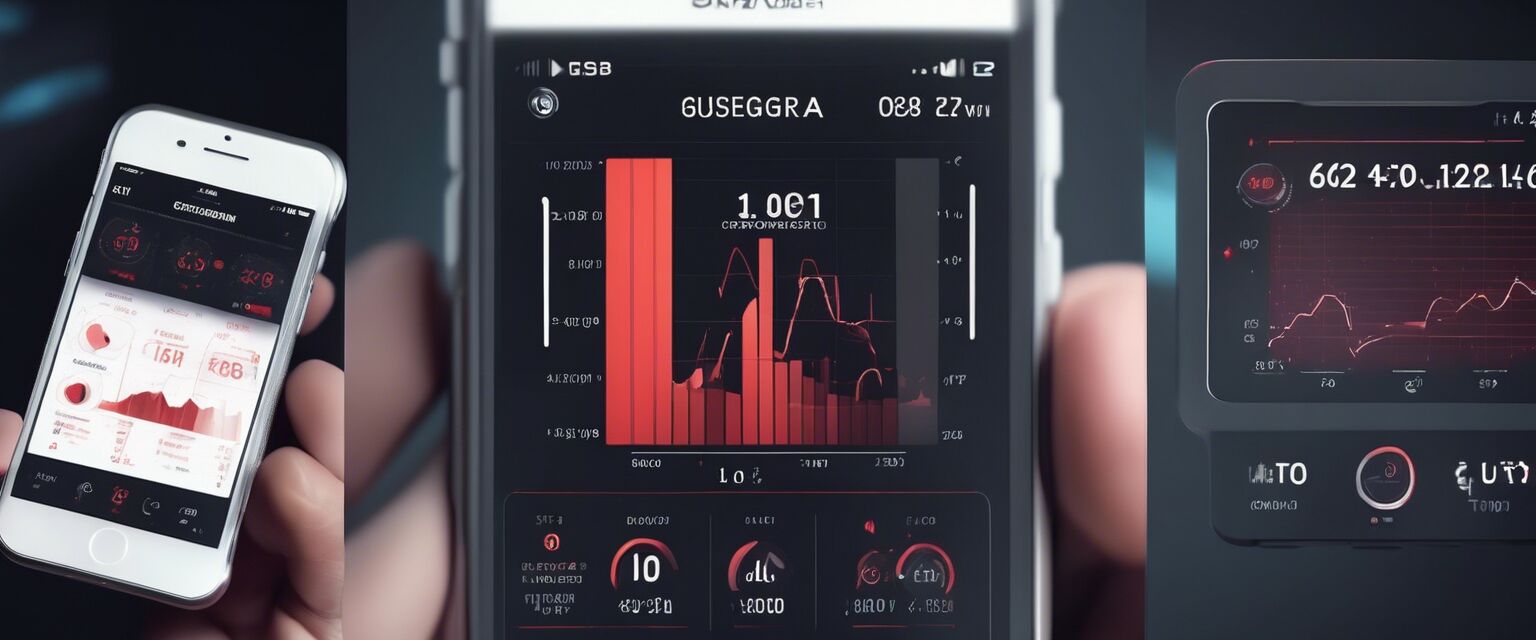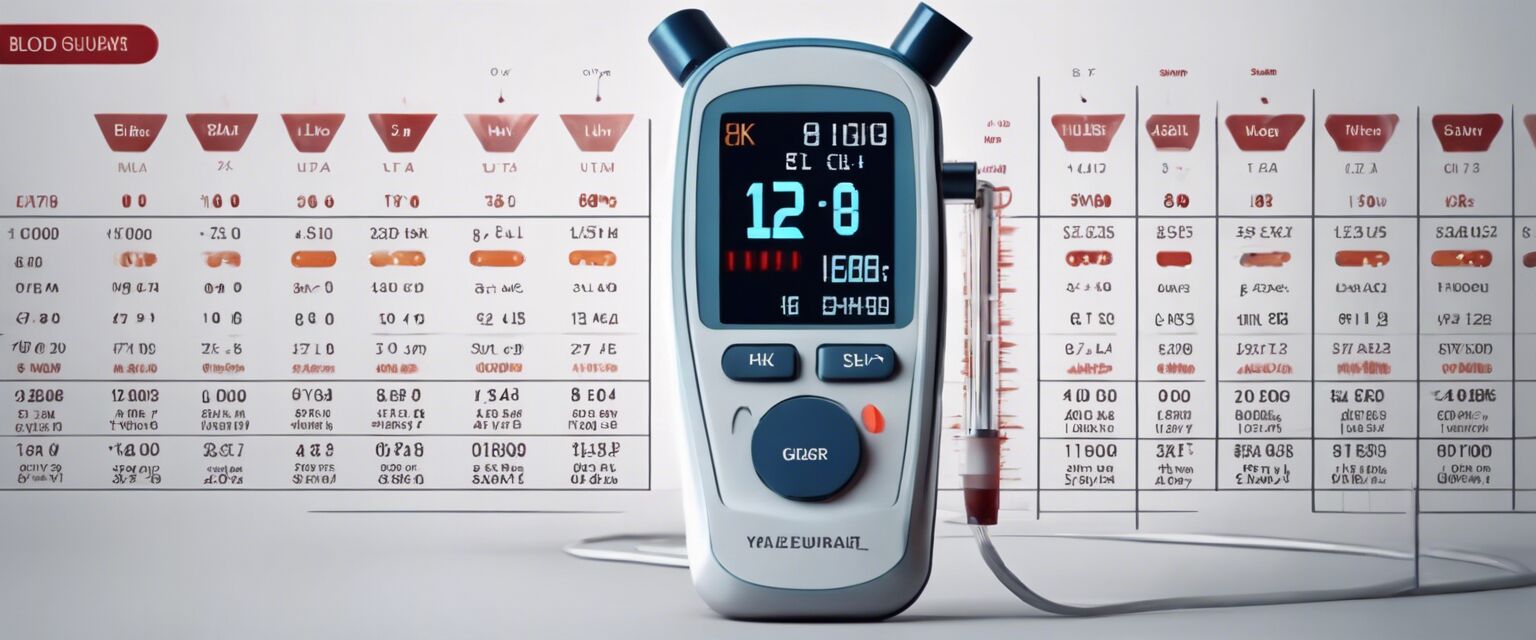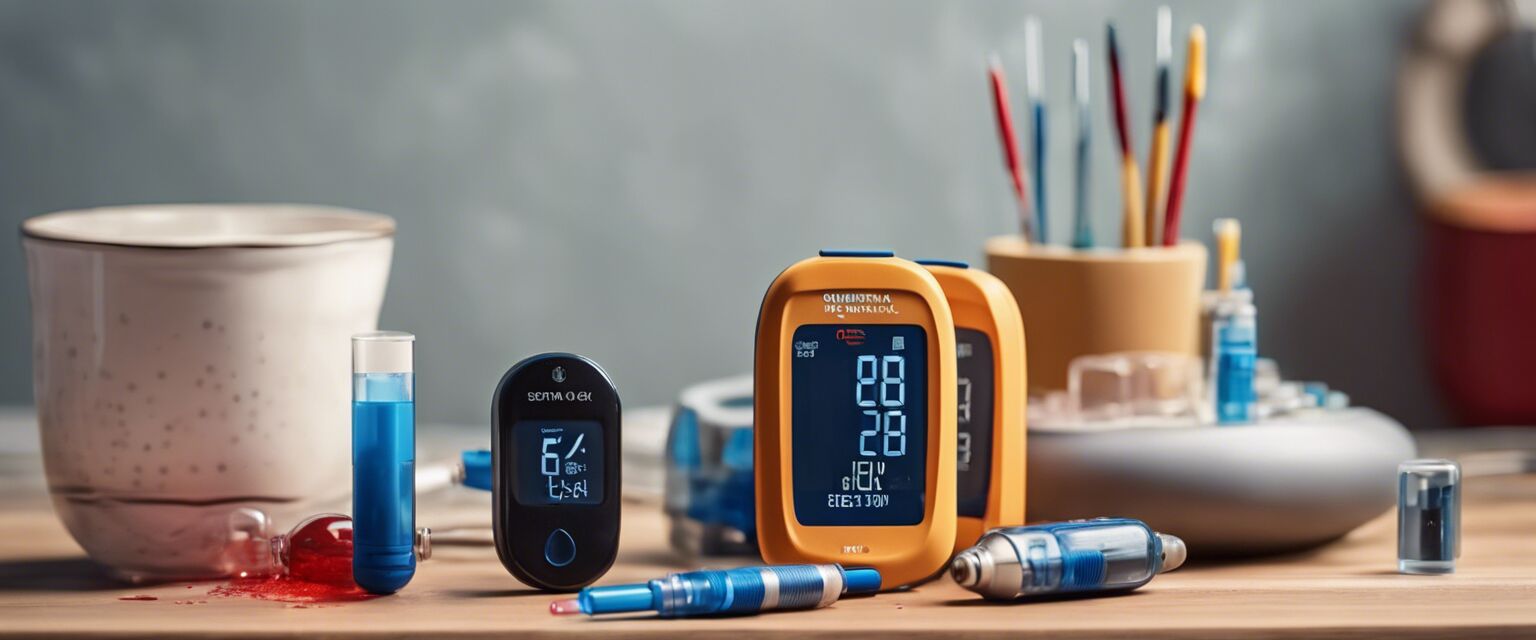
Blood Sugar Monitoring for Kids
Key Takeaways
- Choosing the right blood sugar monitoring device is crucial for children with diabetes.
- Ease of use, comfort, and accuracy are the key factors to consider.
- Continuous glucose monitoring systems offer real-time data for better management.
- Discussing monitoring techniques with healthcare providers can increase children's confidence.
Monitoring blood sugar levels is vital for diabetes management, particularly in children who require tailored approaches. This article focuses on the special considerations and best devices available for effectively monitoring kids' blood sugar levels, ensuring a seamless experience for both parents and their children.
Why is blood sugar monitoring important for kids?
Children with diabetes require consistent monitoring to prevent severe fluctuations in their blood sugar levels. This is essential to avoid both short-term and long-term complications associated with improper management.
Understanding diabetes in children
Diabetes in children, primarily Type 1 diabetes, can present unique challenges. Regular monitoring allows for immediate actions to be taken in response to fluctuating glucose levels. Moreover, educational support and background knowledge equip kids with the tools they need for their management journey.
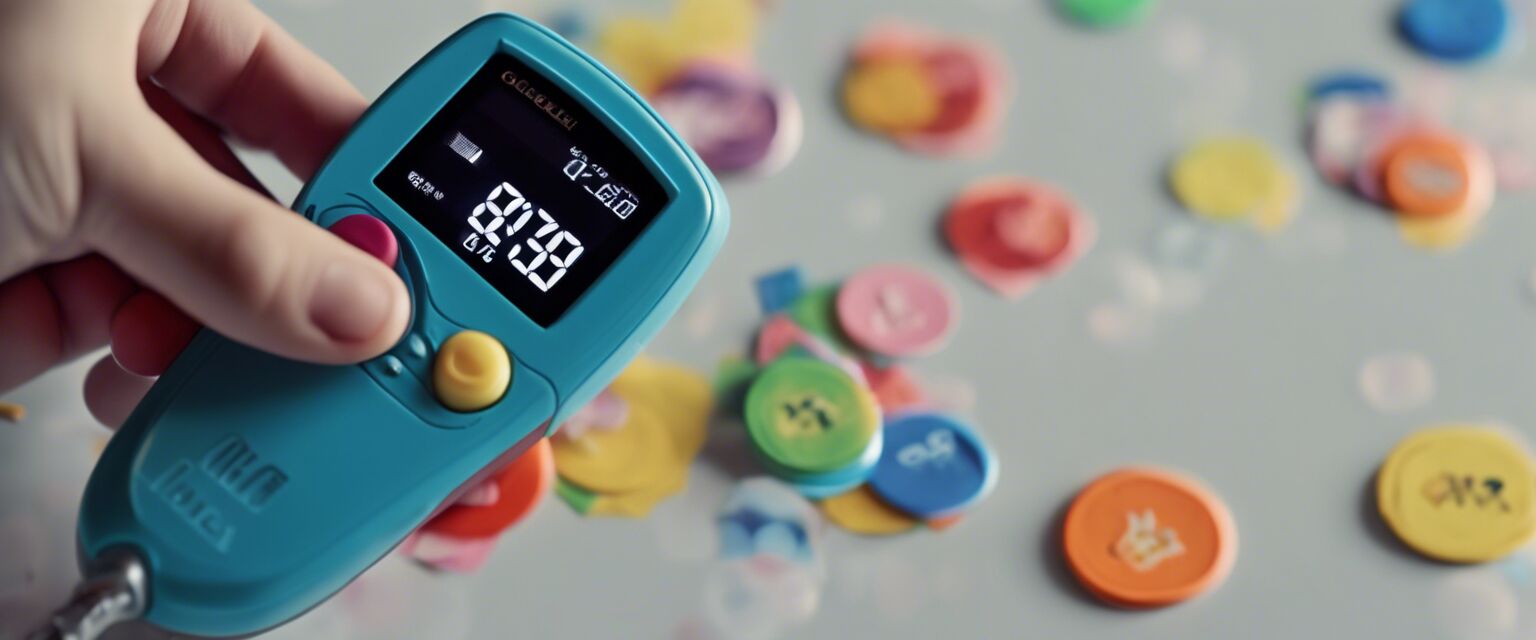
Considerations when selecting a blood sugar monitor for children
When selecting a blood sugar monitor for kids, you should keep the following in mind:
- Ease of use: Look for monitors that are user-friendly and have simple operation steps.
- Comfort: Devices should be designed with children in mind, ensuring minimal discomfort.
- Customization: Look for monitors that offer personalization options to make monitoring more engaging.
- Supportive technology: Consider devices that can integrate with smartphones or tablets for easier tracking.
Types of blood sugar monitors
There are several types of blood sugar monitors suitable for children:
| Type of Monitor | Description | Pros | Cons |
|---|---|---|---|
| Standard Glucometers | Devices that require a blood sample to measure glucose levels. | Affordable and easily accessible. | Invasive and can be uncomfortable. |
| Continuous Glucose Monitors | Wearable devices that continuously monitor glucose levels. | Real-time data and less invasive. | Higher initial cost and requires occasional calibration. |
| Smartphone-Compatible Monitors | Monitors that sync data with smartphone applications. | User-friendly and offers insights over time. | Dependent on device compatibility and may require learning. |
Best blood sugar monitoring devices for kids
Choosing the best device for monitoring blood sugar is key. Below are some widely recommended options:
Pros
- Convenient and easy monitoring solutions.
- Supports better management of diabetes.
- Data-rich insights improve parental oversight.
Cons
- Some devices can be costly.
- Comfort concerns with certain monitoring types.
- Requires proper education for use.
How to ease the process of blood sugar monitoring
Easing the blood sugar monitoring process for kids can be done in a few ways:
Tips for parents
- Make the monitoring process a routine to reduce anxiety.
- Use fun accessories such as stickers to personalize the devices.
- Involve children in checking their levels to foster responsibility.
- Discuss results regularly and celebrate achievements.
Building a support system
Itâs essential to work closely with healthcare providers. Asking questions and participating in discussions about managing diabetes can empower kids to take charge of their health. This support can also involve peers with similar experiences.
Conclusion
In conclusion, monitoring blood sugar levels in children requires thoughtful consideration of the available tools and support systems. By investing in the right blood sugar monitoring device and practicing consistent engagement, both children and parents can successfully navigate the challenges posed by diabetes.
Further reading
For more information, check out our other articles:
- Advanced health monitors
- Continuous glucose monitors
- Monitor accessories
- Painless glucose monitors
- Portable glucometers
